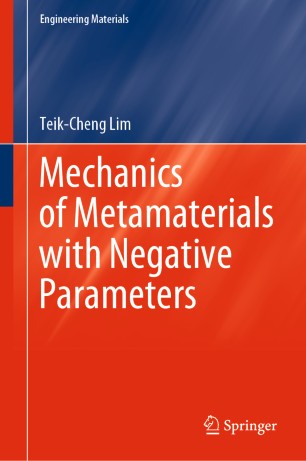

Most ebook files are in PDF format, so you can easily read them using various software such as Foxit Reader or directly on the Google Chrome browser.
Some ebook files are released by publishers in other formats such as .awz, .mobi, .epub, .fb2, etc. You may need to install specific software to read these formats on mobile/PC, such as Calibre.
Please read the tutorial at this link: https://ebookbell.com/faq
We offer FREE conversion to the popular formats you request; however, this may take some time. Therefore, right after payment, please email us, and we will try to provide the service as quickly as possible.
For some exceptional file formats or broken links (if any), please refrain from opening any disputes. Instead, email us first, and we will try to assist within a maximum of 6 hours.
EbookBell Team

4.7
46 reviewsThis book discusses bulk solids that derive their mechanical properties not from those of their base materials, but from their designed microstructures. Focusing on the negative mechanical properties, it addresses topics that reveal the counter-intuitive nature of solids, specifically the negativity of properties that are commonly positive, such as negative bulk modulus, negative compressibility, negative hygroexpansion, negative thermal expansion, negative stiffness phase, and negative Poisson’s ratio. These topics are significant not only due to the curiosity they have sparked, but also because of the possibility of designing materials and structures that can behave in ways that are not normally expected in conventional solids, and as such, of materials that can outperform solids and structures made from conventional materials.
The book includes illustrations to facilitate learning, and, where appropriate, reference tables. The presentation is didactic, starting with simple cases, followed by increasingly complex ones. It provides a solid foundation for graduate students, and a valuable resource for practicing materials engineers seeking to develop novel materials through the judicious design of microstructures and their corresponding mechanisms.